Peplum Populist: Hercules, Samson & Ulysses
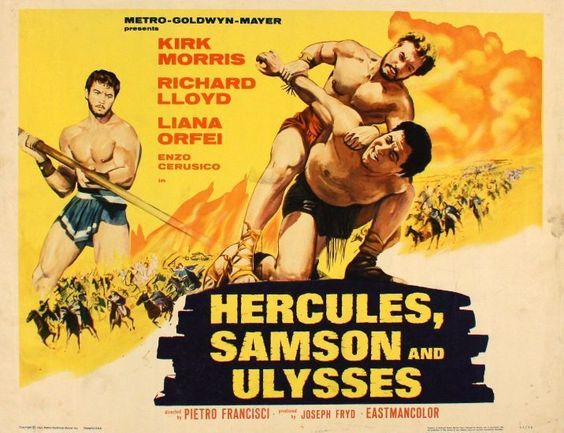 The “versus film” has been with us for decades, even if “vs.” didn’t show up in early movie titles like Frankenstein Meets the Wolf Man. Audiences crave watching cinematic legends smash into each other in duels to the death — or duels to the mutual understanding. Alien vs. Predator, Freddy vs. Jason, Batman v[s]. Superman, King Kong vs. Godzilla (soon ready for a rematch), Jesse James Meets Frankenstein’s Daughter (this really happened), Sherlock Holmes vs. Jack the Ripper (a number of occasions), and Dollman vs. The Demonic Toys. Bring up anything involving the SyFy Channel and sharks and you get hurt.
The “versus film” has been with us for decades, even if “vs.” didn’t show up in early movie titles like Frankenstein Meets the Wolf Man. Audiences crave watching cinematic legends smash into each other in duels to the death — or duels to the mutual understanding. Alien vs. Predator, Freddy vs. Jason, Batman v[s]. Superman, King Kong vs. Godzilla (soon ready for a rematch), Jesse James Meets Frankenstein’s Daughter (this really happened), Sherlock Holmes vs. Jack the Ripper (a number of occasions), and Dollman vs. The Demonic Toys. Bring up anything involving the SyFy Channel and sharks and you get hurt.
Italian sword-and-sandal (peplum) films couldn’t resist putting titans of the ancient world into the ring together, and there’s no finer example than 1963’s Hercules, Samson & Ulysses. The Italian title translates as “Hercules Challenges Samson,” in case you needed to know who goes up against whom and who is hanging around as the sidekick.
When it comes to peplum-as-pulp, Hercules, Samson & Ulysses is the real deal. Appearing at the point in the genre’s evolution when sword-and-sandal films either went stale or went silly, HS&U falls solidly on the positive silly side. It’s an outrageous actioner that knows exactly what its audience wants to see and delivers 100% on the promise of watching two legendary supermen batter each other in muscular absurdity. It may not be the best sword-and-sandal film, but it’s one of the most entertaining. This is the peplum film to watch if most of the genre’s other offerings don’t grab you.
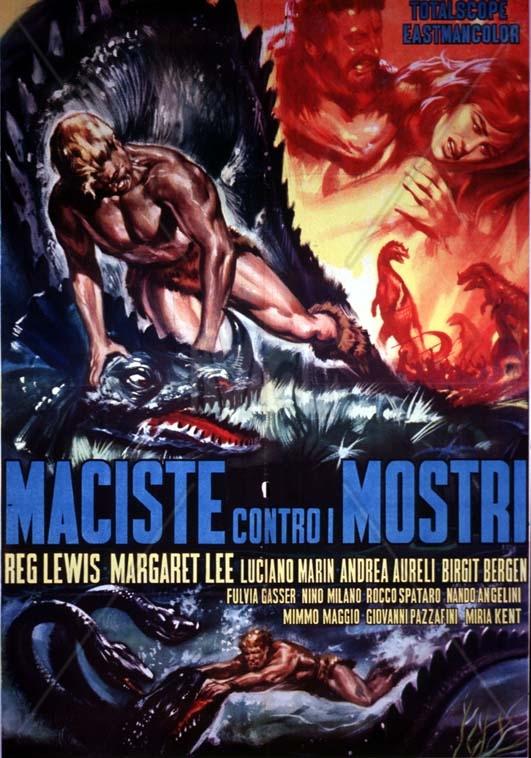
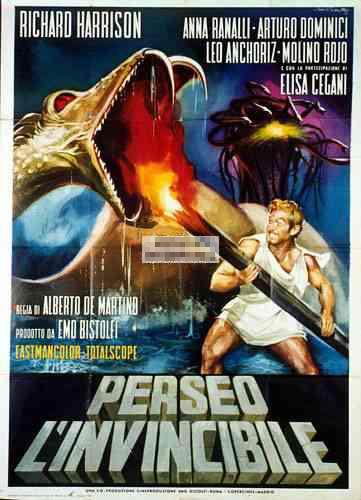
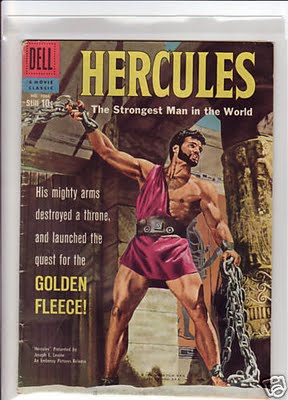
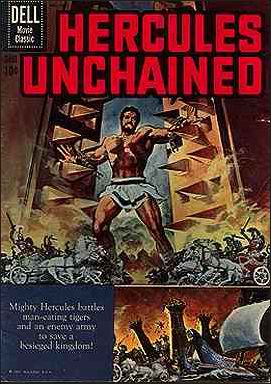
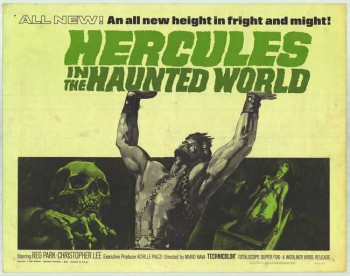
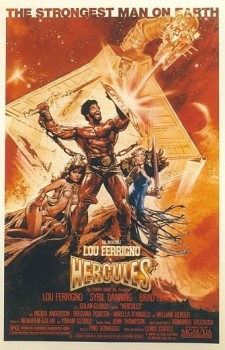 Hercules (1983)
Hercules (1983)